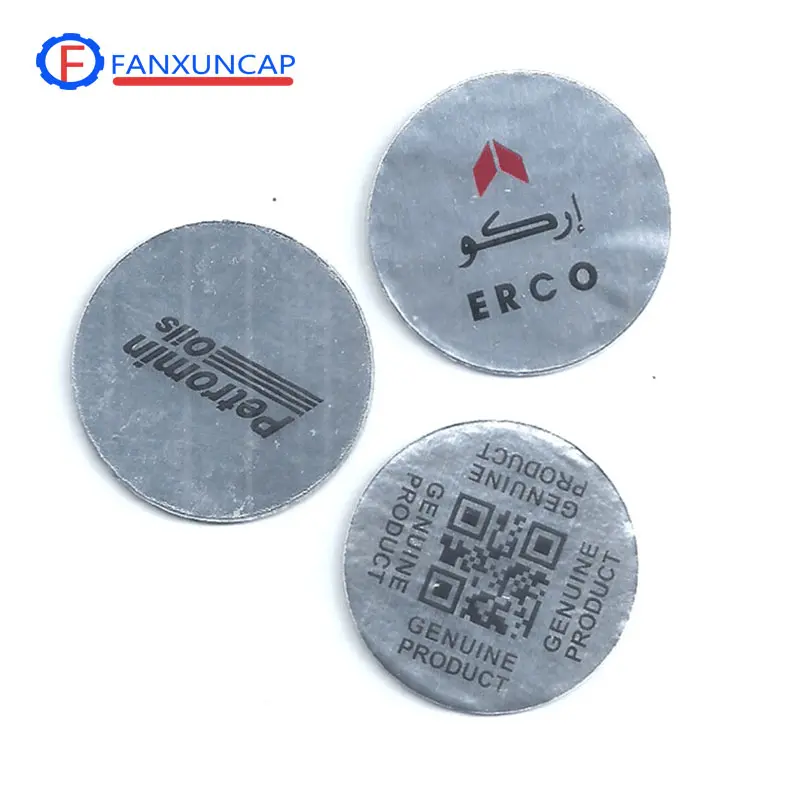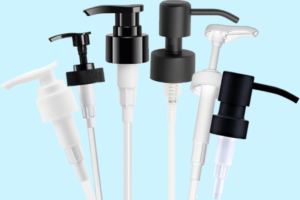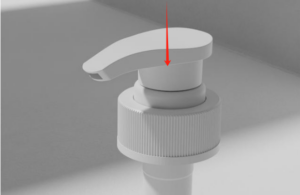Induction seal caps are a common cap type that are typically used for food packaging, pharmaceutical bottles, chemical product bottles, or other containers that need to be sealed. They provide anti-counterfeiting and sealing capabilities, ensuring products remain fresh and safe during transportation and storage. Whether you are a packaging professional seeking an in-depth understanding of induction sealing lids, or a consumer interested in learning more about this technology, this guide are your first choice resources


What is an induction seal caps?
Induction sealing caps are a type of cap commonly used on food packaging, pharmaceutical bottles and other containers that need to be sealed. This type of lid is usually made of aluminum foil or other sealing materials, which can effectively prevent the product from being contaminated by outside air, moisture, dust, etc. during transportation and storage, ensuring the freshness and safety of the product.
Key features of induction seal covers include:
- Sealing performance: The induction seal caps uses special sealing materials and designs to ensure that an effective isolation layer is formed during sealing to prevent external air and impurities from entering the container.
- Anti-counterfeiting performance: This type of cover is usually used for anti-counterfeiting and fidelity purposes. Once the lid is sealed to the container, marks on the sealed portion will become apparent once opened, indicating that the product may have been opened.
- Activation method: In order to ensure the sealing effect, the induction sealing cover usually needs to be activated by heat sealing or pressure. This can be done via induction equipment, usually on a production line.
- Scope of application: This type of lid is widely used in food, beverages, pharmaceuticals, cosmetics and other products that need to maintain quality and safety.
- Material: Induction sealing covers are usually made of aluminum foil, polymer or other materials with strong sealing properties to ensure an effective barrier is formed during sealing.
- Ease of use: Once activated, induction sealing lids are often designed to keep the lid securely attached to the container, preventing accidental opening or leakage.
Induction sealing caps are a common technology in the packaging industry, providing effective sealing and anti-counterfeiting solutions that help maintain product quality and safety.
Types of induction seals
The type of induction sealing cover mainly depends on its activation method and usage scenario. Here are some common types of induction seal caps:
Heat sealing induction seal caps:
Heat seal induction seal caps use heat energy to activate the sealing process. Usually composed of a layer of aluminum foil and a sealing material, heat is applied to melt the sealing material and form a strong seal with the mouth of the container. When used, it is usually necessary to generate sufficient heat energy through induction heating equipment, such as induction heaters or induction sealing machines. This type of sealing cap is commonly used in the food, pharmaceutical and beverage industries to provide reliable anti-counterfeiting and sealing protection for products.
Electromagnetic induction seal caps:
The electromagnetic induction sealing cover uses the principle of electromagnetic induction. By adding induction materials to the cover, the action of electromagnetic induction equipment generates heat to achieve the sealing effect. This type of sealing cap is widely used in food, pharmaceutical and cosmetic packaging to provide reliable sealing and anti-counterfeiting properties for products, ensuring the quality and safety of products during circulation.
Pressure Sensing Seal Cap:
Pressure-sensitive sealing caps activate the sealing process by applying mechanical pressure. Before sealing, the sealing material forms an effective seal by applying mechanical pressure between the lid and container. This type of closure is commonly found in packaging of food, pharmaceuticals and personal care products, providing a reliable seal to prevent product leakage and contamination.
Self-adhesive induction seal caps:
Self-adhesive induction seal caps have a layer of self-adhesive glue attached to the bottom of the lid. When sealing, the self-adhesive layer adheres to the mouth of the container to form a reliable seal. This type of sealing cap is suitable for a variety of products, such as food, pharmaceuticals, cosmetics, etc., providing a convenient and effective sealing solution while simplifying the packaging process.
Air pressure sensing sealing cover:
Air pressure sensing seal caps activate the sealing process by adjusting the air pressure between the container and lid. Before sealing, the air pressure is adjusted between the container and the lid to fully expand the sealing material to form an effective seal. This type of sealing cap is commonly used in the packaging of food, pharmaceuticals and industrial chemicals, providing reliable sealing and preventing products from being contaminated by the external environment.
How the induction sealing cover works:
Induction seal lids use advanced technology to ensure a secure and tamper-proof seal on the container. These lids usually consist of a layer of foil and sealing material. The process begins by placing the lid over the opening of the container. Once in place, the induction sealer generates an electromagnetic field that activates the foil layer within the lid. Electromagnetic energy generates heat in the foil, causing the sealing material to melt and bond to the edges of the container, creating a strong and airtight seal.
The effectiveness of induction seal caps lies in their ability to provide an airtight and leak-proof closure, preventing external contaminants from damaging the contents. The technology is used across a variety of industries, including food and beverages, pharmaceuticals and motor oils, among others. In addition to ensuring product integrity, induction seal lids are also tamper-proof, as any attempt to open the container will result in visible signs of tampering. Overall, the process highlights the precision and reliability of induction sealing lids in maintaining the quality and safety of packaged goods throughout their lifecycle.
Summarize:
Fanxun has more than 10 years of industry experience and focuses on capping systems for the packaging and bottling industry. We recommend that when using induction sealing caps, first ensure that the sealing ring on the sealing cap is intact. Before use, prepare the mouth of the container to make sure it is dry and clean. Gently place the sealing cap over the mouth of the container, making sure the center is aligned. Depending on the specific activation method, apply moderate pressure, heat, or other means of activation. If using heat sealing, make sure to use the correct temperature and time. For self-adhesive sealing caps, be careful to keep them fully adhered to the container.




